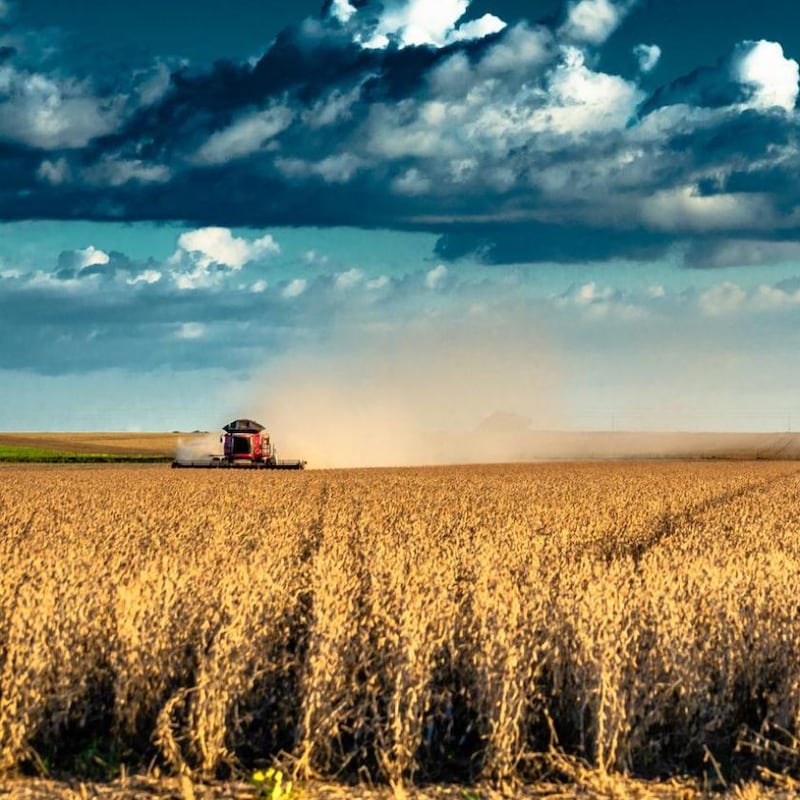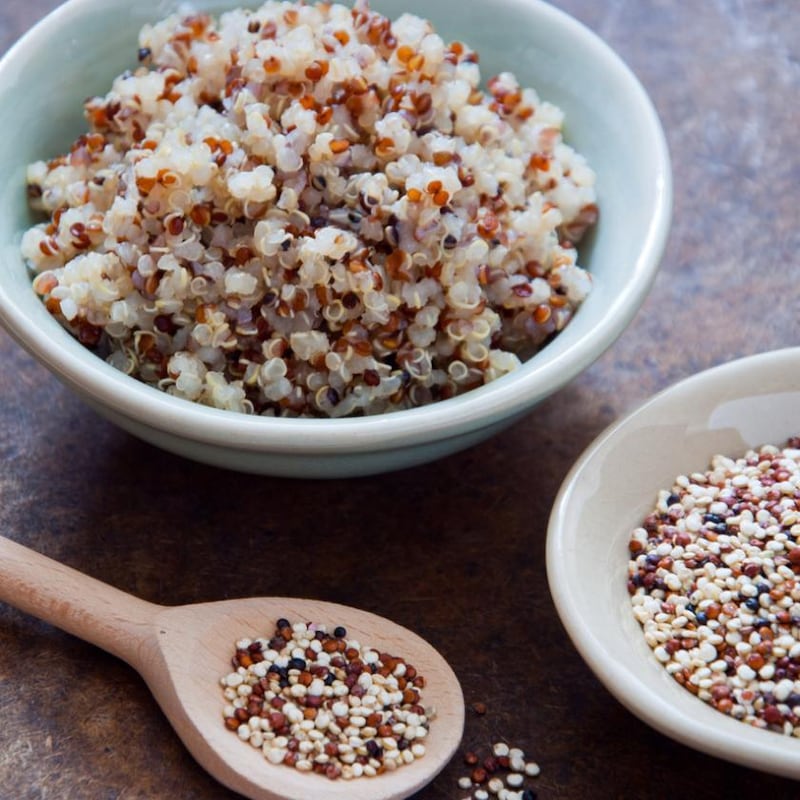Avocados grown in Mexico, as the Dublin chef Lily Ramirez-Foran wrote on irishtimes.com last month, have been associated with slavery and drug trafficking. Now we should add almonds, quinoa and soya to our watch list, according to Jess Dollinger of the Good Neighbour, a zero-waste grocery shop in Dundrum in Dublin, and Peadar Rice of Small Changes, a Dublin wholefood store with branches in Drumcondra and Inchicore.

ALMONDS
“Almonds are a huge issue,” says Dollinger. “They all grow pretty much in California. They require a load of water and the biggest issue there is rainfall. California is just turning into a desert.”
Having experienced the worst drought in a thousand years, reservoirs are drained, wildfires are ripping through the state, and California’s €5.3 billion almond industry in the Central Valley is in crisis. One million gallons of water per acre per year are required to produce 80 per cent of the world’s almonds. And then they are shipped thousands of miles to reach the end consumer.
Rice says that the solution is to look at alternative sources. “We look at the footprint behind every product we stock, and we source almonds in particular from Spain,” he says.

SOYA
Small Changes sells only the Sojade brand of soya milk. “They only use European soya beans,” he says, “unlike other cheaper brands that would perhaps use American soya beans or soya beans growing in South America, where there are problems with rainforests being cleared to make way for plantation. There is a huge amount of violence, with indigenous tribes being forced out at gunpoint from land they have been living on for centuries. And once the rainforests are cut down, the soil is exposed, you may get five years of good growth on the new soya plantation, and then because the soil is degraded so much, they have to pump huge amounts of fertiliser on a continuous basis because the soil is so poor.”

QUINOA
Quinoa, the ancient crop of the Incas, has become increasingly popular outside Bolivia and Peru where it is cultivated. It has helped raise farmers’ incomes, but that has come at a price. “Like avocados, there are a lot of issues around quinoa,” says Dollinger. “They are foods that native people primarily ate for a long time which have became known as superfoods in the western world. Native people can’t eat their native food any more, because we eat it all, and we’ve driven the price up so high.”
While the crop is cultivated little outside of the Andean region, there are more sustainable options when it comes to sourcing it, and Rice gets his organic quinoa from workers’ co-ops in Peru.
Essentially, the issue is price and the pressure to supply produce to a developed market year round. We can do our part by eating seasonally and taking our trade to shops like The Good Neighbour and Small Changes which don’t buy into the global supply system.
“Cheap food might be good right now, but in the long term, it’s not good for anyone,” says Dollinger. “And that’s the issue with cheap discount supermarkets, they artificially lower the price of food. We need more awareness of the cost of food. The more aware we are, the better decisions we can make.”













